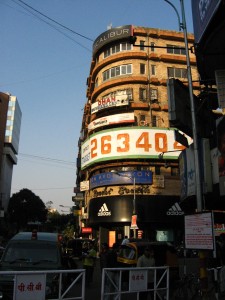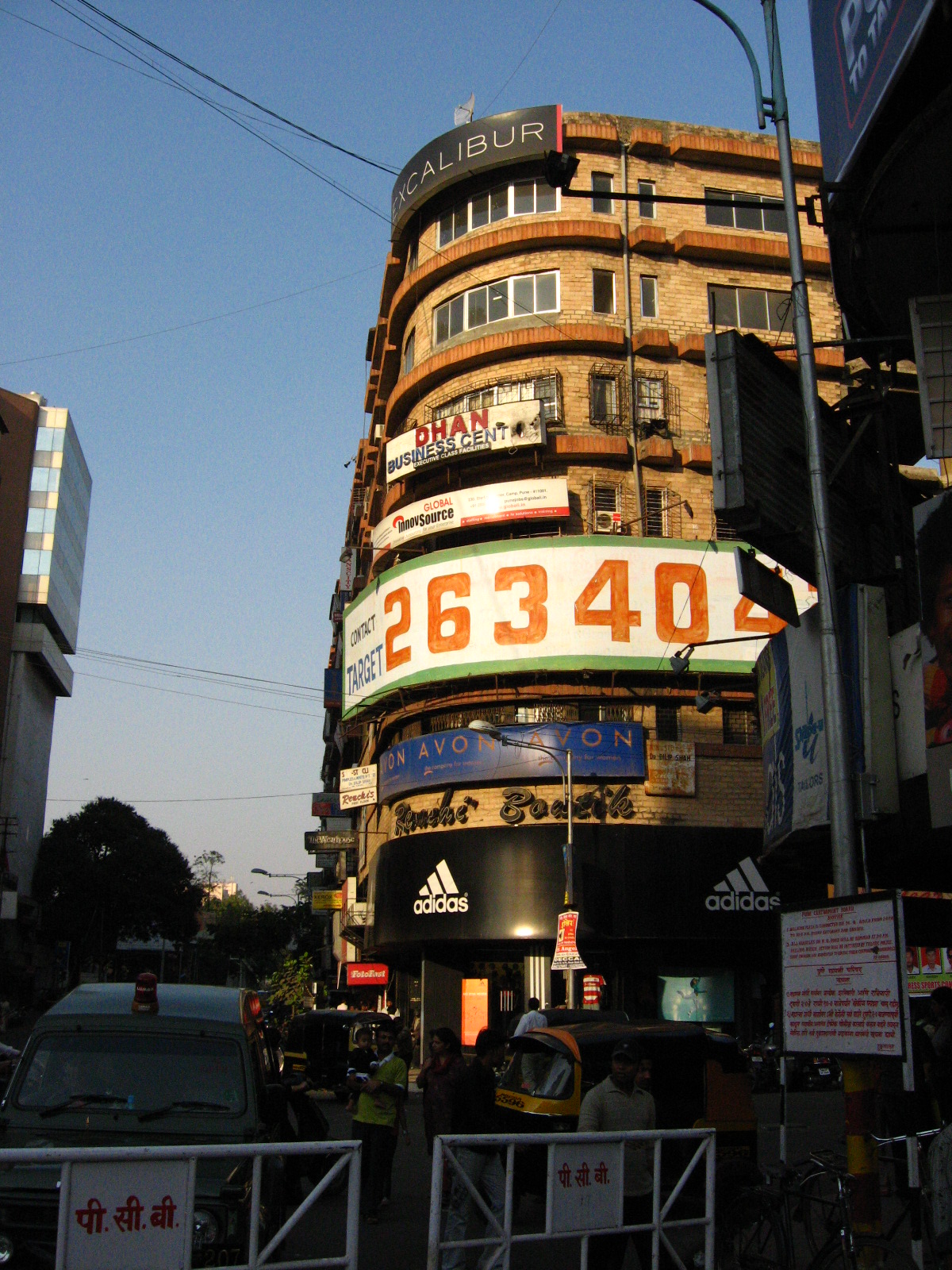 Track2Realty Exclusive: IT driven locations across the country has been witness to the migration of large educated workforce, be it Bangalore, Gurgaon or Pune. This upwardly mobile, well-earning and lifestyle driven class hence becomes a key demand driver of property in the given city. In Pune the expat Indians have thus emerged as the key demand driver of property.
Track2Realty Exclusive: IT driven locations across the country has been witness to the migration of large educated workforce, be it Bangalore, Gurgaon or Pune. This upwardly mobile, well-earning and lifestyle driven class hence becomes a key demand driver of property in the given city. In Pune the expat Indians have thus emerged as the key demand driver of property.
The rise and growth of Pune in terms of its overall economics also suggests that the large workforce will have a major share in creating the demand. Primary drivers in Pune are the migrants from sectors like IT, automobile, education other manufacturing sectors which has led to the growth of city’s economy. Better supply itself is pushing the demand for urban crowd where the good climate all through the year had earlier made this city the pensioners’ paradise.
The scenario has drastically changed now within a span of few years. People from different walks of life are settling down in Pune and analysts often even assert that they can not be termed as expats anymore because they are willing to settle in the city. But then demography of the city is changing fast and with the educated workforce migrating to Pune, it has fast turned into a cosmopolitan and the aborigines are becoming more dependent on migrant population.
Abhay Kumar, CMD of Grihpravesh Buildteck says still IT rules the roost in Pune but there are other drivers too for real estate growth of the city. The improved connectivity of Pune-Ahmednagar-Aurangabad is driving Raanjangaon belt on one side, the news of Navi Mumbai Airport has shown remarkable interest in the Mumbai-Pune Expressway areas. Pune has got advantage that it can grow on all sides. Lavassa Road area, Pirangut, Paud etc too have witnessed some encouraging developments.
“Primarily yes, the expats are the main demand drivers in Pune. The quality of development too has been due to such demands where the customers are well travelled, well aware and well payers. One can observe the development of hotels, recreational joints, malls etc being the main driver for such growth which has been mainly due to the latent demand of the expats,” says Kumar.
Rohit Gera, Managing Director, Gera Developments says Pune has had four key sectors driving its growth, namely IT, Manufacturing, Education and Auto. Currently the IT and ITeS industry are the major demand drivers of the Pune property market. According to him, in the Gera’s own projects also there have been a very high percentage of IT & ITeS employees, which is representative of the overall industry as well. The other complementary driver is the demand seen by people from Mumbai.
“Due to the high cost of real estate in Mumbai, Pune becomes much more affordable investment option especially in the range of 50–150 Lakhs. The NRI population is also contributing significantly to this growth. It is important to note that properties in the 35-40 lakh bracket have also seen a lot of interest from the manufacturing sector. However, most of the supply for this product range is in the outskirt regions such as Talegaon and Chakan. Pune being an industrial and IT hub has a lot of immigrant population (about 30%). The Pune’s per capita income of Rs 1,40,470 (Maharashtra Economic Survey 2012-13) is the second highest after Mumbai, a clear indicator of the economic prosperity of Pune. All these factors, along with the world class educational institutions and auto industry have given the Pune property market a stable and sustainable demand for homes,” says Gera.
Vinay Phadnis, CMD, Phadnis Properties, however, does not agree that the increased economic activity and urbanisation will lead to more migration and hence local economy will be more dependent on the expat population. According to him, the local economy can not be completely dependent on expat population. There will always be a fair market share of NRIs and locals investing in real estate. Another important aspect playing an important role is MNCs investing in commercial property. With about 1.2–1.5 lakh people migrating to Pune in a year for the purpose of education and employment is the target market.
“Due to competitive property prices, Pune becomes a rational and desirable choice for property buyers. A huge chunk of investors from metros are choosing to invest in Pune because of price advantage and higher returns. There is a considerable balance in the number of budget flats for the mid-income group as well as in the luxury segment. Mid income buyers are motivated by affordability and convenience in terms of basic amenities, value for money, location, proximity, social infrastructure and so on. Due to a rise in the number of professionals, mainly from the IT & manufacturing in the city, the demand for the houses mostly in the price bracket of 50 lakh up to 1 crore has been constant,” says Phadnis.
A growing number of high net worth individuals have contributed to the growth in luxury apartments. Investors are looking at the present situation as a buying opportunity. Infrastructure and urbanization also plays a vital role in the decision making of selecting residential properties as new projects which are closer to developed areas and has growing infrastructure will lead to greater appreciation value in future. There is also a huge rise in demand for commercial spaces in leasing as well as outright sale agreement.
There is indeed a large segment of NRIs investing in tier II cities like Pune. Appreciating foreign currency rates in 2013 had actually increased the demand for NRIs to invest in properties in the city making it more viable for them to invest. As a matter of fact, some of the luxury projects in Pune got tremendous response from the NRI buyers. No wonder, a few other developers are planning luxury launches in the year ahead.
Increasing urbanization is a phenomenon that Pune will continue to see for the foreseeable future. This is on account of the fact that urban environments are offering citizens from rural pockets better opportunities and a better livelihood. With Pune being a magnet for such migrant workforce the property market in the city has been benefitted in the last few years. This has also propelled more companies to set up businesses, and it is certainly expected that the number of expats employed will increase proportionately in time to come. And hence, the share of expat Indians in the Pune property market is only set to grow. As of now, they stand out as a key demand driver.





